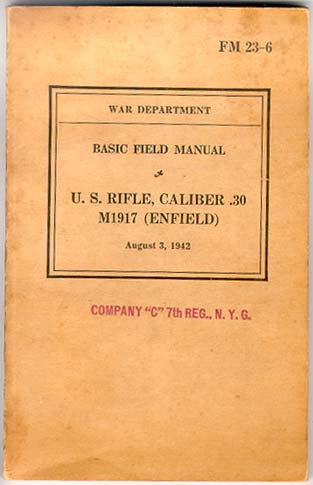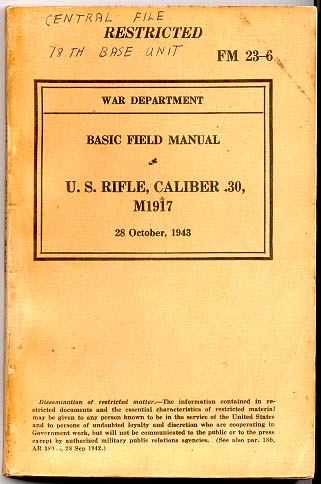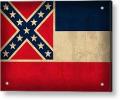I just want to clarify something that has been published about the M1917 Rifle, and that I have also heard while discussing the rifle at gun shows. This "something" is that the M1917 was never officially referred to as the "Enfield." This is incorrect. The term "Enfield" was a term often used by soldiers to describe the M1917 Rifle, and the August 3, 1942 edition of FM 23-6 for the M1917 Rifle is titled, "U.S. Rifle, Caliber .30 M1917 (Enfield)." I believe the ubiquitous nickname drove it to become referenced as such in one of the official WWII era War Department Field Manuals for the rifle.
In my opinion, this is one of the many reasons that period paper items, such as FM's and TM's are such an important resource for any firearm. They demonstrate many facts from a moment in time that sometimes become blurred with age.
Here is a photo of the manual, along with the later version that does not include the "Enfield" name.
David Albert
dalbert@sturmgewehr.com






 Reply With Quote
Reply With Quote




